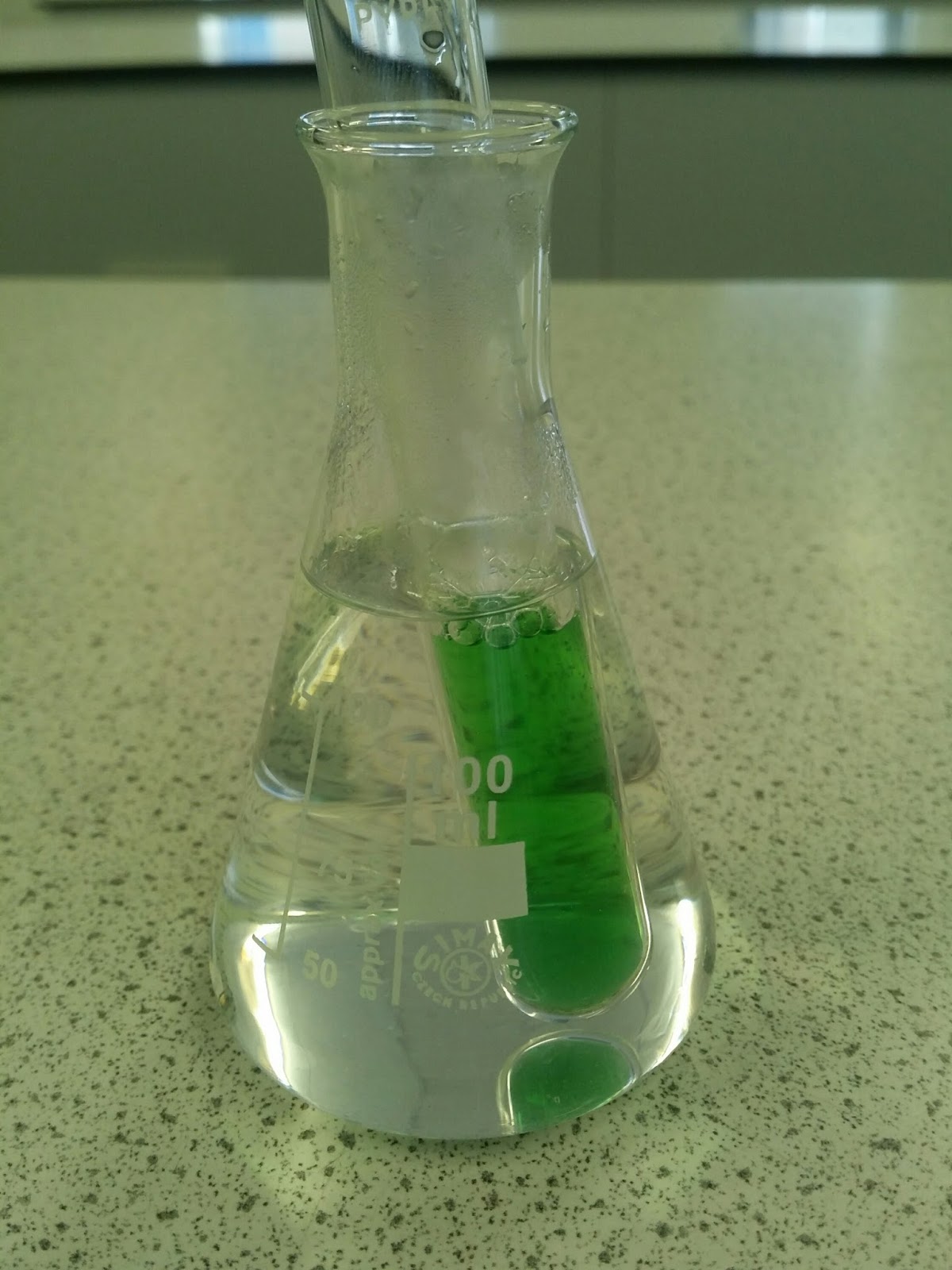
Therefore, the force exerted between the two layers will be directly proportional to the velocity gradient and the surface area A. The velocities of adjacent layers A and B are V 1 and V 2 respectively. When layers of water flow slowly and steadily through a pipe, it will be observed that each layer flows at different velocities. The formula for calculating viscosity is:Ĭoefficient of viscosity, η = Force (F) / Viscosity Definition: What is the SI Unit of Viscosity and its Formula Therefore, we can say that viscosity is friction in liquids. Hence very cold thick palm oil is more viscous than very cold water. We consider liquids that pour slowly to be more viscous than those which pour faster. The thicker a liquid is, the higher its viscosity. 
Hence, honey tends to resist the motion of objects between its layers due to its thickness. We need to remember that friction is a force that resists motion. The honey is thicker and encourages more internal friction between its layers. Therefore, the differences are due to the internal friction between the layers of the fluids. The difference is because of the thickness of the honey which makes it very hard to move from one container to another. You will observe that it’s very easy to pour water into the bowl than to pour honey. Clean the bowl and pour honey into the same bowl. It is the name given to internal friction that exists between the layers of the molecules of fluids (liquid or gas) in contact with surfaces.įor a proper explanation, let us pour water or kerosene into a bowl. It is the property of a liquid that opposes the relative motion between different layers. Viscosity Definition: We can define viscosity as the internal friction between layers of a liquid or gas in motion.
Differences Between Viscosity and Friction. Similarities Between Viscosity and Friction. Classification of Fluids According to Their Viscous Properties. Viscosity Definition: What is the SI Unit of Viscosity and its Formula. Lower viscosity motor oils also result in better fuel economy. These lower viscosity motor oils are needed to move through the thin engine pathways to protect and clean metal surfaces. This has led over time to motor oil viscosity decreasing – currently 5W-30 and 5W-20 are the most popular grade and 0W-20 is the fastest growing grade. But as engine technology has advanced over the years, the size of engines and pathways in engine that oil flows through have gotten smaller and thinner. In the past, it was common for vehicles to require higher viscosity oils such as 20W-50’s, 10W-40’s and 10W-30’s. The 5W-20 will have a lower viscosity and provide less resistance than the 10W-30 at both start-up and normal engine operating temperatures. If we compare a 5W-30 and a 10W-30, they will behave very similarly as the engine heats up, but at start-up, the 5W-30 will provide less resistance and start easier than the 10W-30. Less resistance results in improved fuel economy but the oil is not as thick and forms a smaller layer of protection between metal surfaces. But as the engine heats up, the 5W-20 will move with less resistance than an 5W-30. Again, the lower the number, the lower the viscosity of the oil and the faster the oil will move around the engine.Īs an example, let’s compare 5W-20, 5W-30 and 10W-30 motor oils. A 5W-20 and 5W-30 will have very similar if not equal viscosity at lower start-up temperatures. 
In the 5W-30 example, the 30 defines the viscosity of the oil at normal engine temperatures. The high temperature viscosity is the number after the dash and is related to the viscosity of the oil as it is moving around your engine after the car has warmed up and is at normal engine temperature. The lower the number, the faster the oil will flow at vehicle start up. For example, if the oil is a 5W-30, the 5W part describes the viscosity of the oil at low temperatures.

That value has the letter “W” after the number and has a dash after the W.

The low temperature viscosity of the oil is a measurement that simulates starting a car on a cold winter day. But as motor oil technology advanced, additives such as viscosity index improvers allowed for the use of the same grade of oil year-round. Years ago, most vehicles used one viscosity grade oil in the summer and a different viscosity grade oil in the winter. The measurement of viscosity at high and low temperatures are properties of multi-grade oils. Motor oil viscosity grades are based on a scale developed by the API (American Petroleum Institute) lubricant organization. The values are defined in a specification known as API 1509 and are based on the resistance the oil gives to flowing at two different temperatures – cold and high temperature. Viscosity is the resistance to flow of a fluid.








 0 kommentar(er)
0 kommentar(er)
